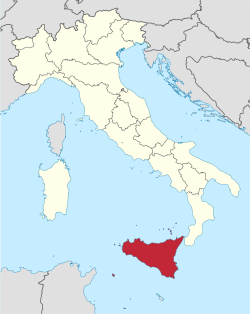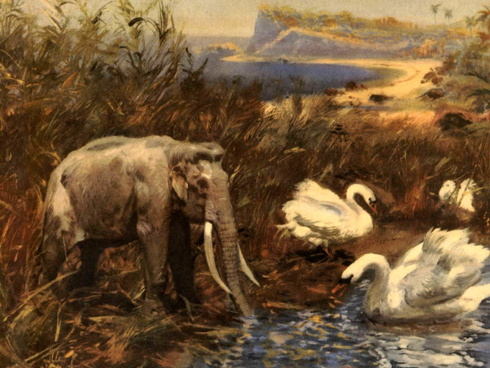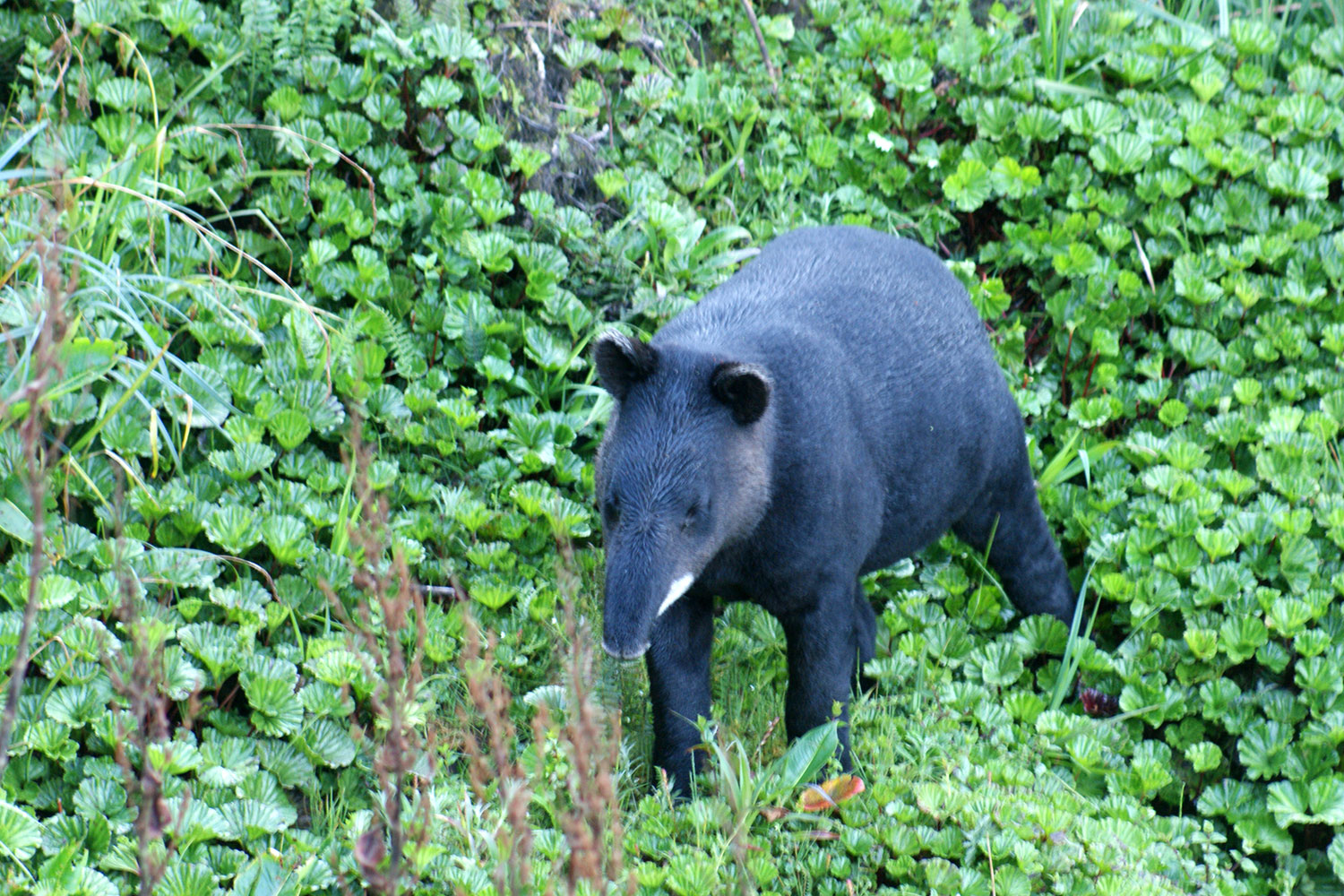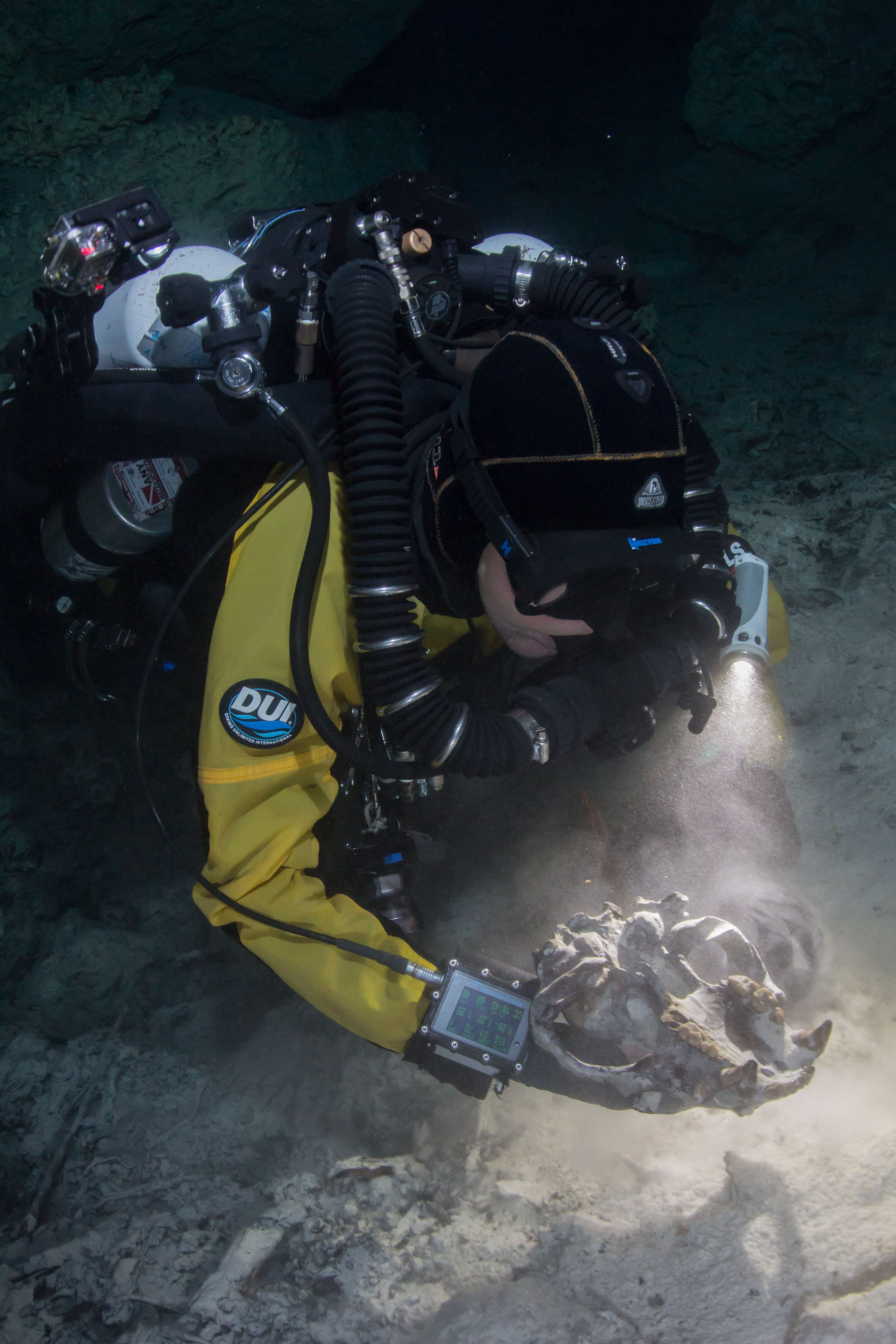I watch too many cable news shows. News networks that strictly report news get killed in the ratings, so most are 50% news and 50% opinion. News networks hire pundits who comment on the news of the day. Most pundits are has-been politicians or former aides to has-been politicians. Almost all use annoying clichés that drive me crazy. They can use a whole string of clichés to complete a sentence that in essence is completely meaningless. Pundits can have entire conversations with each other without saying anything. Here are some of the clichés they use that are the most irksome.
That said. Pundits use “that said” after they make 1 point and want to address a counterpoint. The phrase is extraneous. It is unnecessary to say “that said” because they already said something, and the viewers know what they just said. I’ve even come across this phrase in written editorials. I want to tell them “you didn’t say it, you wrote it, you idiot.” Whatever happened to the good old fashioned “however” or “on the other hand.”
At the end of the day. Pundits use “at the end of the day” to conclude their point. Again, this is a completely unnecessary phrase. When a pundit is finished making their point all they need to do is shut up and let somebody else speak. Besides there is never an end to a political argument–they go on forever, long past the “end of the day.”
He doubled down. Pundits use this to describe a politician who makes a terrible gaffe, but instead of apologizing or admitting they misspoke, they defend their idiotic statement. For example a politician could claim there was such a thing as consensual rape. (A Missouri state senator actually said this a few weeks ago. What is it about Missouri politicians and their absurd views about “legitimate” and “consensual” rape?) Instead of apologizing or admitting he misspoke the politician might say “there is consensual rape and 15 year old girls should be drafted to serve as sex slaves for our patriotic soldiers.” Politicians who refuse to admit they said something dumb are not doubling anything. They are just stupid.
It is what it is. This is perhaps the most meaningless cliché of all. It means absolutely nothing I can’t even explain what people are saying when they use this phrase. It was what it was and could if it could but it would what it would. What? I suggest to anyone with the urge to say “it is what it is” to just shut the hell up.
Hardball with Chris Matthews is my favorite cable news show. He asks the tough questions. Usually.






